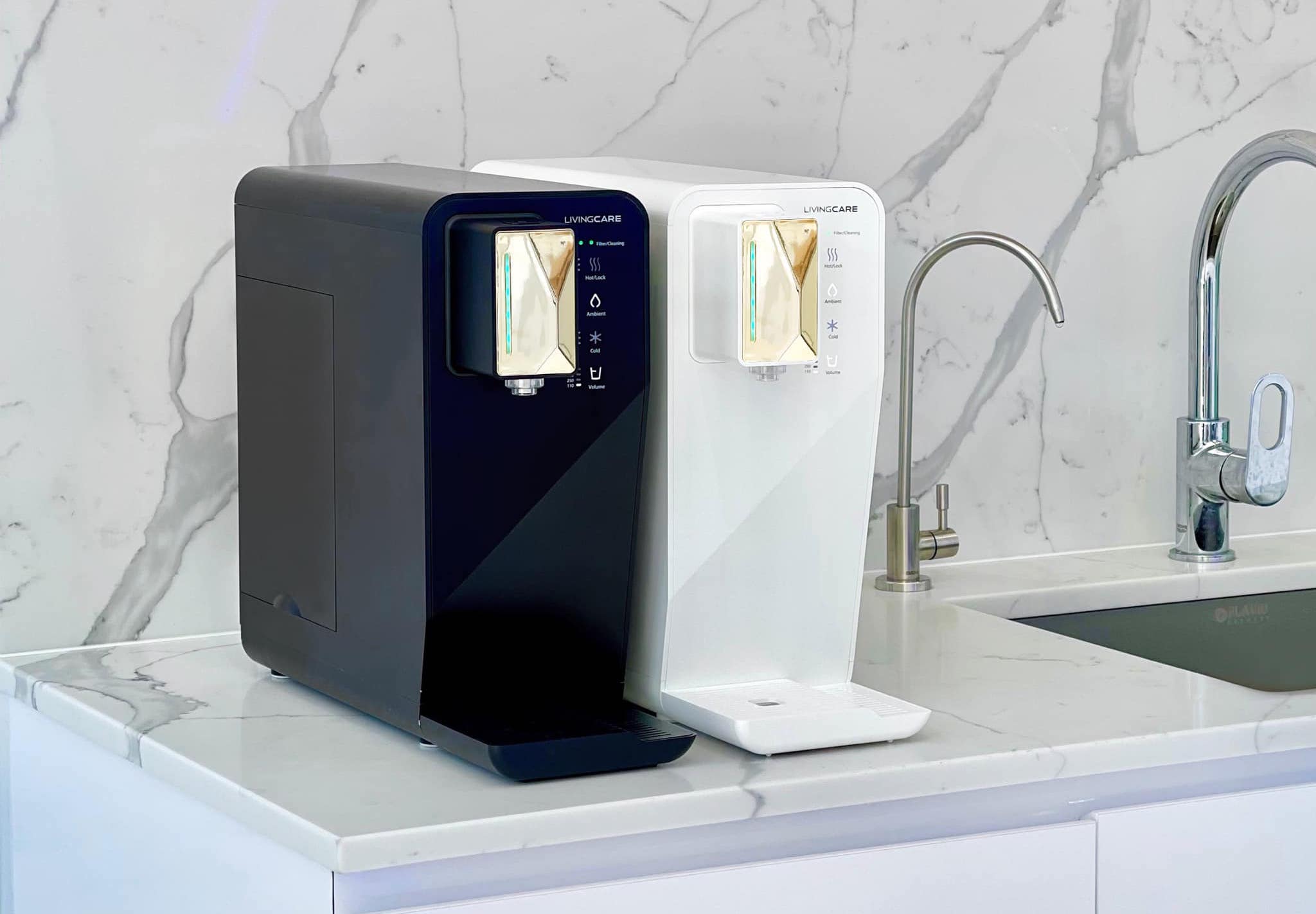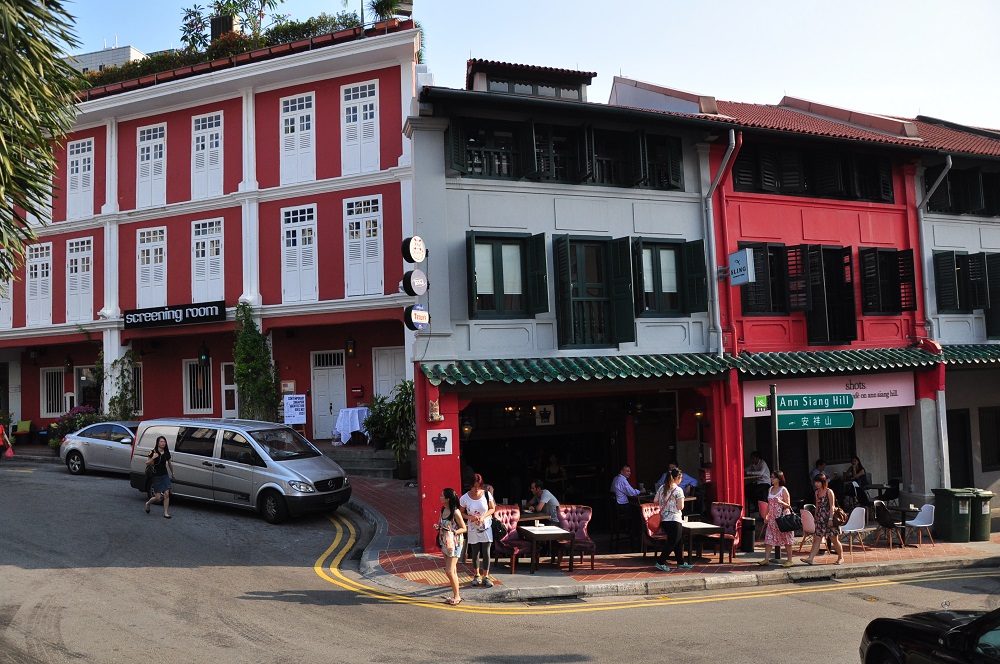Cool electric super cars, i Light at Marina Bay and Pulau Ubin’s $2 million learning facility—read on for a quick round-up of the city’s burgeoning (and dying) trends.
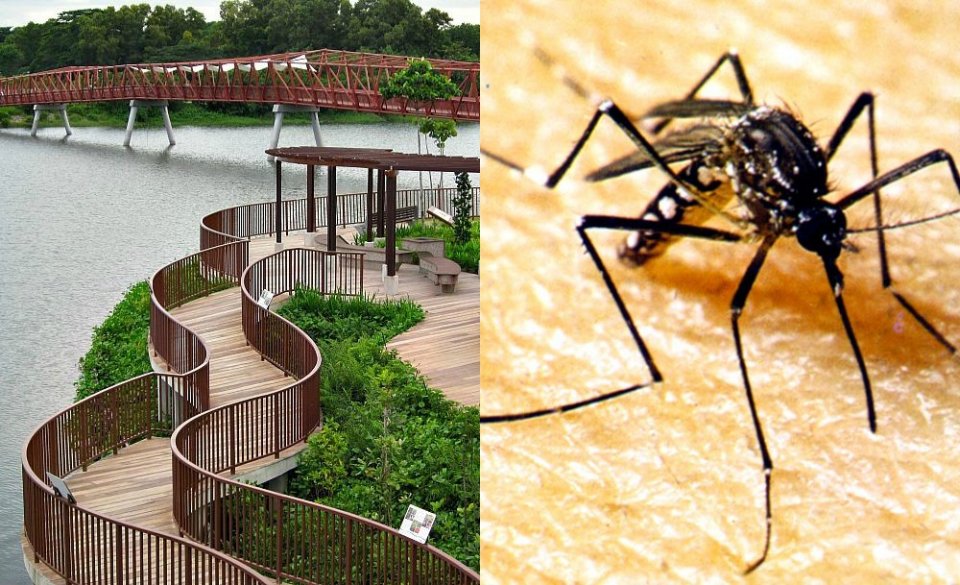 From left: Punggol Waterway park, Javier Devilman
From left: Punggol Waterway park, Javier Devilman
Hot: World Water Day
Not: Dengue
It’s World Water Day on Mar 22 and there are over 200 initiatives ranging from a river clean-up to sports activities happening along the Punggol Waterway, all to raise awareness about conserving Singapore’s water resources. Also equally important is keeping dengue numbers at bay, as more than 30,000 cases are estimated to hit Singapore this year—the National Environment Agency reported a 50 percent increase in Aedes mosquito breeding grounds found in homes since January 2015.
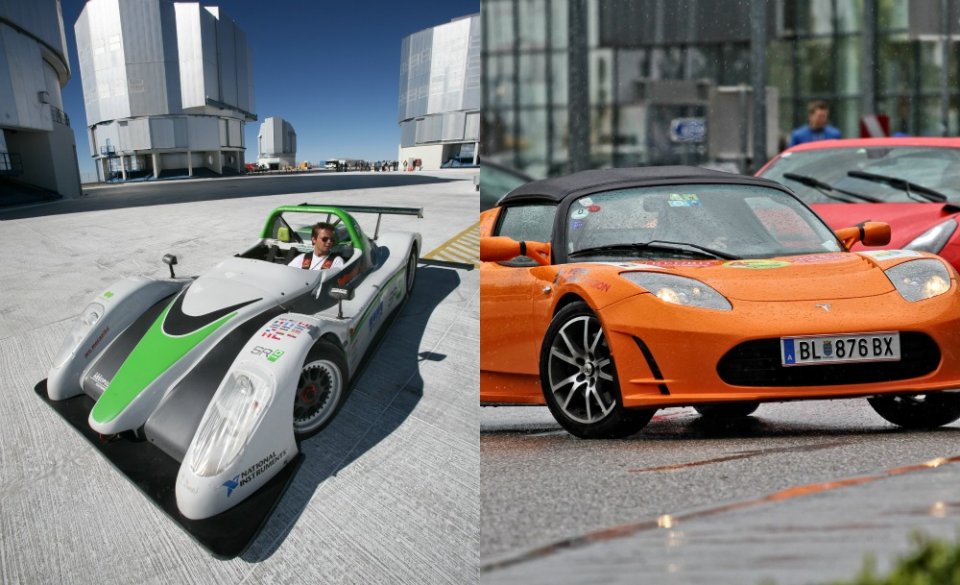 From left: European Southern Observatory, Lummi Photography
From left: European Southern Observatory, Lummi Photography
Hot: Electric super cars
Not: Tesla
New Singapore-based company Vanda Electric is setting its sights on developing an electric super car which can reach speeds of 250 miles per hour. However, Singaporeans might want to think twice about jumping on the electric car bandwagon. In recent reports, a local consumer was said to have been taxed $15,000 for having a non-fuel-efficient car instead of being given the Carbon Emissions-based Vehicle Scheme rebate, after spending months trying to get his electric Tesla Model S car licensed here.
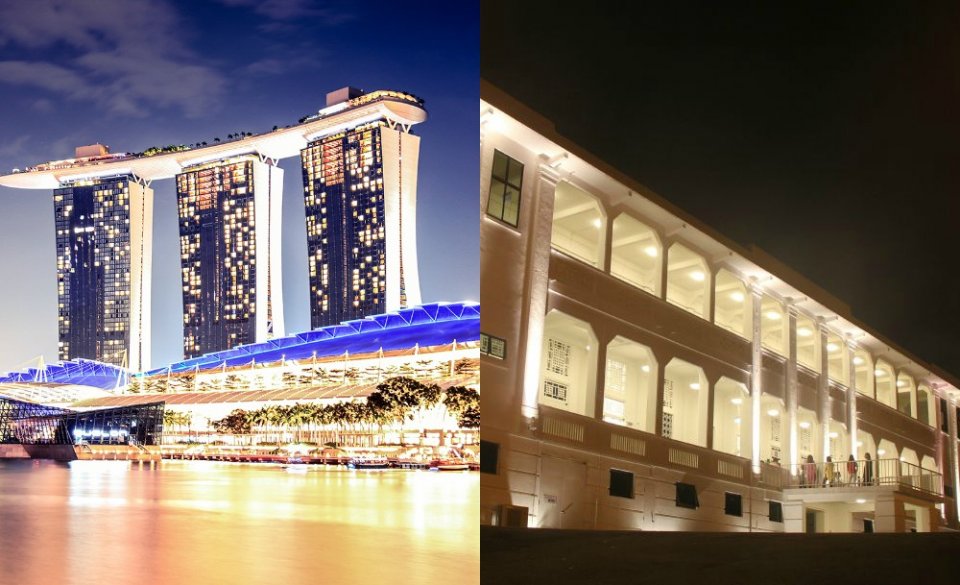 From left: Sarfarz A. Hanfi, Gillman Barracks
From left: Sarfarz A. Hanfi, Gillman Barracks
Hot: Marina Bay
Not: Gillman Barracks
Marina Bay takes the spotlight this month with i Light Marina Bay, a sustainable light and art festival, cooking and mixology classes at celebrity chef restaurants and a new club night series at Spanish restaurant Catalunya. While the waterfront precinct is almost always buzzing with crowds, it’s an uphill effort to maintain a constant stream of visitors for arts enclave Gillman Barracks. While they have recently revitilized the area with new tenants and the popular Art After Dark series, the number galleries there has dwindled to 11, down from 17 a year back.
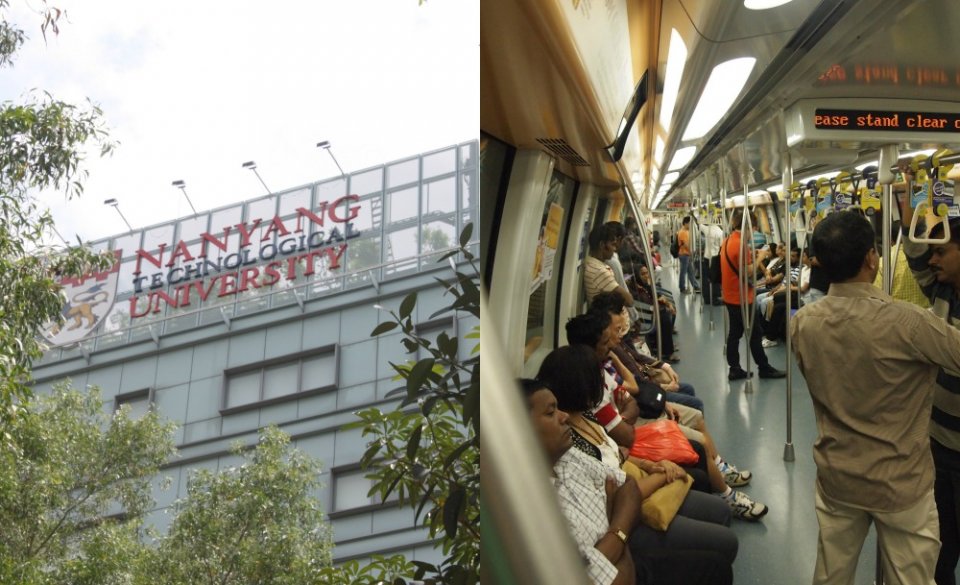 From left: Rudi Lansky, Chris Kay
From left: Rudi Lansky, Chris Kay
Hot: NTU’s new public park
Not: 6 more minutes on the train
Plans are underway to turn part of Nanyang Technology University‘s Jurong campus, which covers the space in front of the Chinese Heritage Centre, Yunnan Garden and Nanyang Lake, into a public park in the next few years. The area will feature medicinal plants and lush trees as well as a multi-purpose lawn for students and fitness equipment, too. We are all for expanding Singapore’s green spaces, but lately it seems like it’s worth sacrificing our biodiverisity for the sake of convenience. In a debate over the Cross Island Line last week, Transport minister Khaw Boon Wan said that choosing to skirt around the Central Catchment Nature Reserve will cost communters an additional six minutes of travelling time, “because for the MRT commuters, (an) extra half a minute is terrible.”
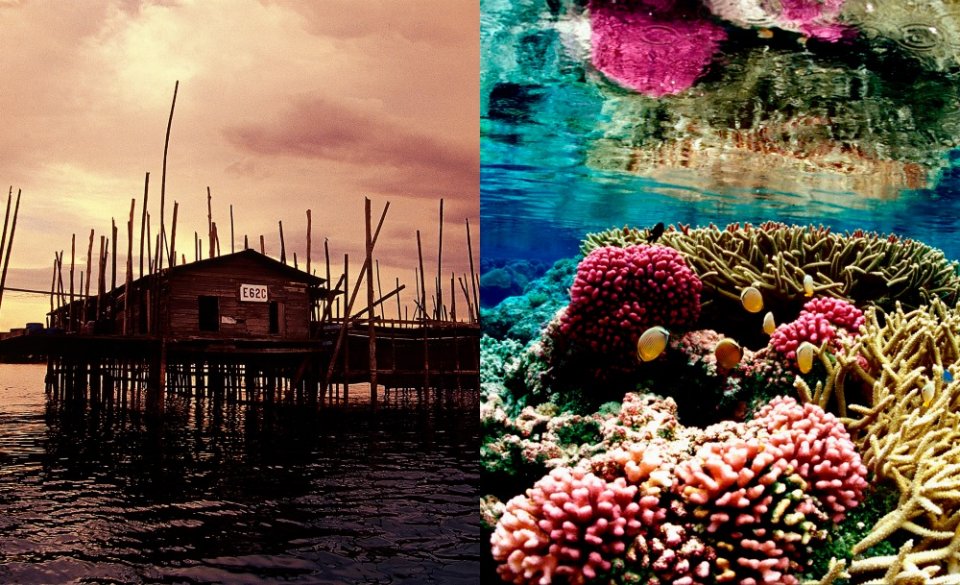 From left: Pulau Ubin, USFWS – Pacific Region
From left: Pulau Ubin, USFWS – Pacific Region
Hot: Pulau Ubin’s new research facility
Not: Corals under threat
The Ubin Living Lab (ULL), a 2.1-hectare facility built to support students, researchers and conservationists, has launched on Pulau Ubin. Located at the former Celestial resort at the island’s southwestern edge, the $2 million building has two laboratories, meeting and seminar rooms, and two dormitories for field researchers there. While it’s score one for off-shore conservation, our local corals are reportedly under threat, due to rising sea surface temperatures. The National Parks Board has just announced a couple of inititatives to save rarer coral species from bleaching, such as growing fragments of these corals in various reef areas and monitoring the impact of sea surface temperatures.



